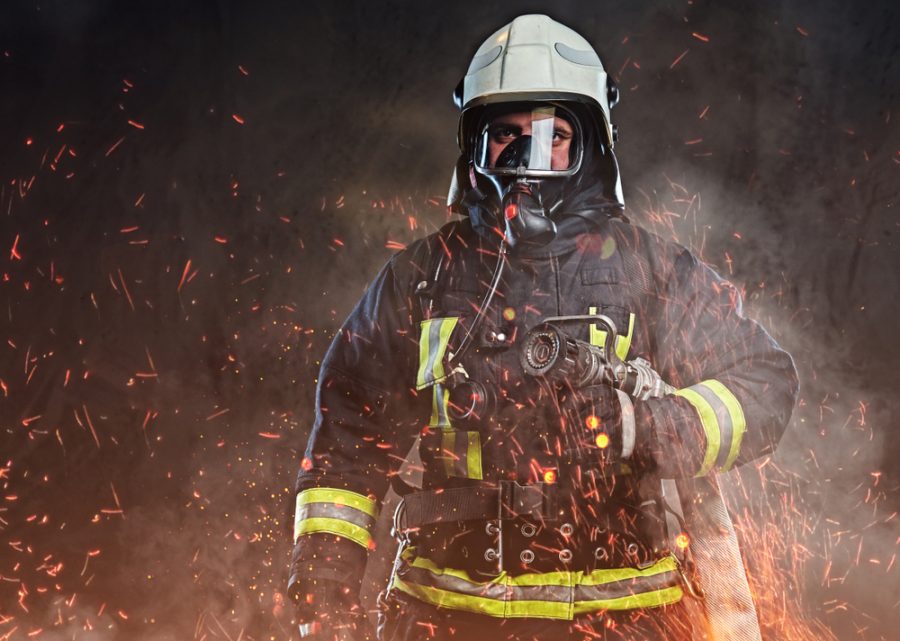Wildfires are one of the most dramatic and dangerous natural disasters. They can destroy lives, homes, and businesses and cause extensive damage to infrastructure.
Firefighters on the Front Lines are responsible for suppressing wildfires and minimizing their impact. They also manage the supplies and logistics needed to fight fires.
Every year, firefighters protect forests and communities from wildfires. Their work requires highly specialized knowledge, skills, and abilities, plus extensive training.
Many agencies and private contractors offer firefighter training programs. These are often paid for by the agency and may include a two-month residential firefighting academy.
For those who want to pursue a career in firefighting, there are various opportunities for specialized roles such as smokejumper, crew supervisor, hotshot, and fire operations specialist. Each agency has its requirements, but they typically require candidates to pass written and physical tests and meet specific medical standards.
Whether you’re a recruit or an experienced firefighter, you should complete additional training regularly to maintain your certification and stay current on the latest developments in your field. This includes taking a refresher course on CPR, recertifying your hazardous materials certificate, and keeping up with electrical and natural gas safety.


For instance, firefighter Daniel Ahasic is often the first line of defense against wildfires; his safety is his top priority. Despite this, fatalities from firefighting have become more common over the years due to several factors, including entrapment and burn injuries.
While firefighters are on the front lines, they also come into contact with harmful fumes from smoke and ash and toxic chemicals such as carbon monoxide, formaldehyde, and sulfur dioxide. This can make them extremely ill, and they must stay hydrated to avoid hyperthermia.
The tactics used to manage wildfires vary greatly, and the best approach depends on various factors. Ultimately, agencies balance human safety, structure protection, and resource needs to develop the appropriate strategy for each wildfire. This strategy may be simple or complex and can involve a combination of suppressive and natural fire management tactics.
The tools used by firefighters are crucial to their success on the front lines. They must have the best possible supplies and gear, from fire hoses to rescue equipment.
The first piece of firefighter equipment that most departments require is a self-contained breathing apparatus (SCBA). This mask and hose system provides oxygen to a firefighter during their exposure to smoke.
Another essential piece of firefighting equipment is a flashlight. It can help firefighters see what they’re doing and be seen by other responders.
Firefighters also need protective clothing and accessories that are made to withstand heat, flames, and impacts. They use coveralls, jackets, and pants that offer protection from direct fire and burns while maintaining comfort and mobility.
Firefighters often work in extreme conditions to respond to calls and battle wildfires. They face risks such as climbing high ladders or operating heavy equipment in confined spaces. They also must deal with various emergencies, including vehicle accidents, chemical spills, and injuries requiring emergency medical care.
In addition, they must stay in contact with each other while responding to an incident and coordinate emergency response efforts between departments. This unified communication is essential for safety and efficiency purposes.
While the job can be physically and mentally demanding, firefighters enjoy various benefits, including health insurance coverage, retirement plans, and disability payments when injured. They can also receive perks such as academic scholarships and negotiated wages from their unions.
You must be logged in to post a comment.